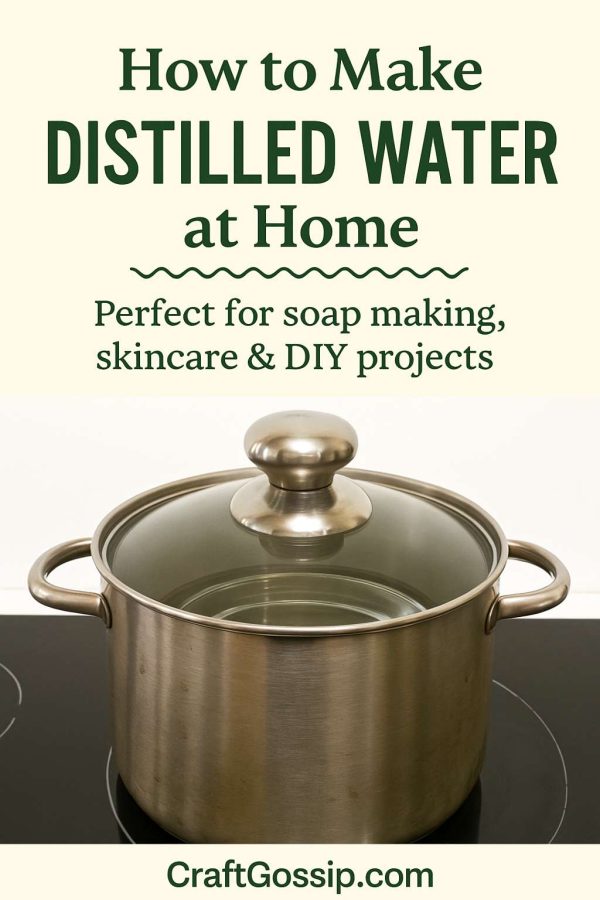This mango sugar scrub, found on Make Your Own Cosmetics, sounds delectable!
Mango Sugar Scrub
by HBN Founder & President Donna Maria
This Mango Sugar Scrub combines fresh mango pulp and juice with mango fragrance and essential oil to exfoliate your skin. Remember that all fresh fruits have different amounts of juice — some are really juicy and others are not. If your mango is especially juice, follow the directions to thicken the scrub. If your mango is a bit on the dry side, add more liquid when directed. Do not use on broken skin, face or other delicate areas.
Yield: 1 full body application
Prep Time: 15 minutes
Price Category: 1
Difficulty Level: 1
Shelf Life: None, keep refrigerated
Ingredients:
1 mango
1/4 cup powdered oats
1 cup turbinado sugar
1 tablespoon sweet almond oil
1 tablespoon vegetable glycerin
1/2 tablespoon mango fragrance oil
1 teaspoon lemon essential oil
Printer-Friendly Version
Blending Procedure:
1. Peel the mango and remove the pit. Place the mango flesh and as much juice as possible into a small food processor. (Rub the inside of the mango skin over your clean face and neck and allow it to dry for a quick mask. Rinse when it”s dry.)
2. Transfer the pulverized mango to a sturdy plastic mixing bowl. Add the other ingredients one at a time, stirring gently after each addition.
3. Mango Sugar Scrub should be paste like but still spread easily across the skin. If it”s too runny to spread, add more powdered oats and stir until a paste-like mixture forms. If it”s too dry, add water until it holds together in your hand without crumbling and spreads across your skin.
4. To use, take the entire mixture in the plastic bowl into the shower or tub. Lather up your hands with your favorite soap. Then scoop out the Mango Sugar Scrub and scrub and clean your whole body. Rinse well with warm water. You may not need a moisturizer after this! Enjoy!

Leave a Reply